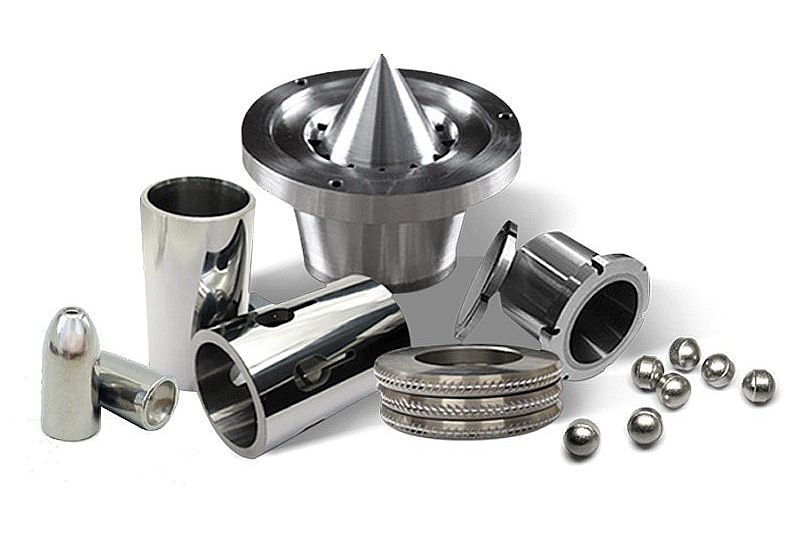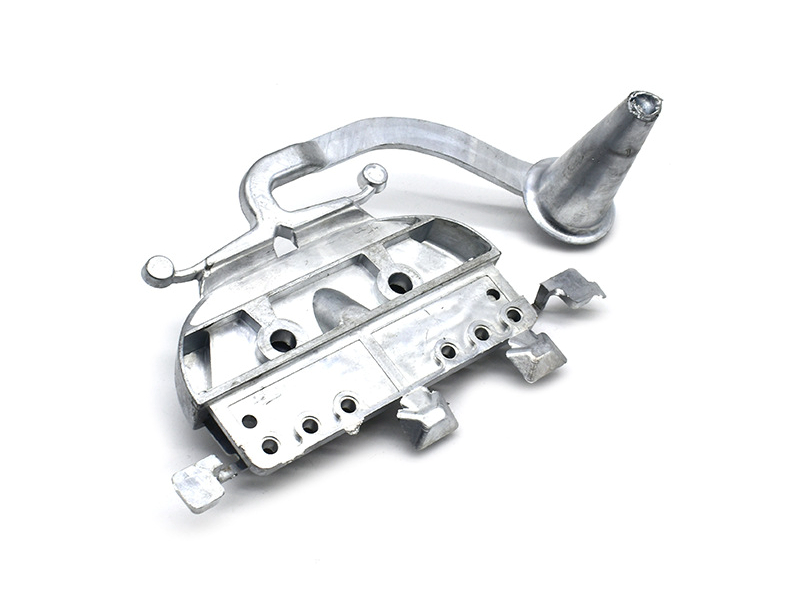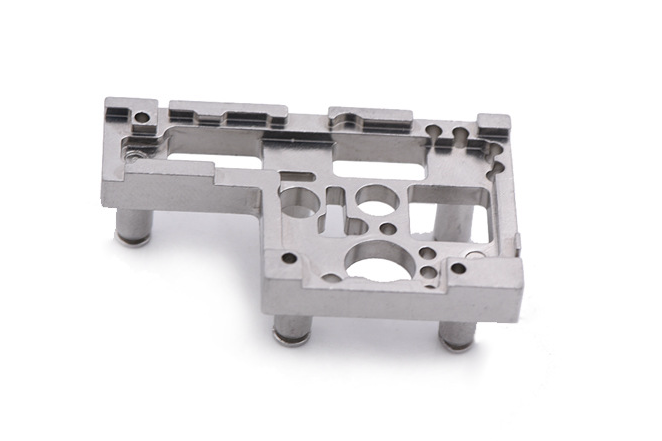How to control rotor dynamic balance to meet NVH requirements?
Controlling rotor dynamic balance is essential to meeting NVH (Noise, Vibration, Harshness) targets in applications such as automotive systems, e-mobility drivetrains, power tools, and energy equipment. At Neway, rotor balance is managed from design and material selection through manufacturing, dynamic balancing, and final assembly, ensuring stable performance over the entire speed range.
Understanding NVH and rotor imbalance
Rotor imbalance is caused by uneven mass distribution around the axis of rotation. Even small mass eccentricities can generate radial forces that excite structural resonances, leading to noise and vibration. The first step is to define acceptable vibration limits at critical speeds and harmonics, based on the target application, such as an electric motor, compressor, blower, or gearbox shaft.
During the development phase, Neway utilizes prototyping methods such as 3D printing and CNC machining to quickly iterate rotor geometries, verify critical speeds, and assess NVH behavior before committing to production tooling.
Design and material controls for good balance
Good dynamic behavior starts at the design level. Symmetric geometries, uniform wall thickness, and well-located keyways or holes reduce inherent unbalance. Neway applies Design for Manufacturability (DFM) to adjust ribs, pockets, and features so that mass distribution remains as uniform as possible while meeting performance requirements.
Material selection also influences balancing stability. For metal rotors, grades such as carbon steel, cast stainless steel, and cast aluminum are chosen for homogeneity and predictable density when produced by precision casting or aluminum die casting. For lighter fans or impellers, engineering plastics such as nylon (PA) or PC-PBT, produced via injection molding, provide good dimensional stability when tooling is properly optimized.
Critical rotating features are typically finished by machining to tight tolerances. Using high-precision CNC machining on journals, bearing seats, and reference surfaces reduces runout and ensures concentricity between functional diameters and the true rotation axis.
Dynamic balancing process and correction methods
After machining, rotors are dynamically balanced on calibrated balancing machines at relevant speeds. Depending on the rotor length and flexibility, single-plane or two-plane balancing is applied. Neway defines balance quality grades in line with the application (for example, finer grades for high-speed e-mobility motors or turbo-compressors).
Correction methods include local drilling, milling, or material removal, as well as adding weight in designated balance pockets. These correction zones are reserved during design, especially on parts made by die casting or sheet metal fabrication. For plastic rotors, mold modifications can be used to fine-tune mass distribution once the root cause of imbalance is identified.
Surface treatments and assembly factors affecting NVH
Surface conditions and post-processing also influence balance and NVH. Deburring and edge smoothing via tumbling or controlled sandblasting remove residual burrs that could shift mass or damage bearings. For steel rotors, nitriding or appropriate heat treatment improves fatigue strength without introducing uncontrolled distortion when properly controlled.
Assembly plays a critical role: shaft–hub fits, keyways, fasteners, and overmolded features must maintain concentricity. Neway uses controlled fixtures and gauges to verify runout after assembly, especially for integrated systems in telecommunication cooling fans or power tool rotating groups. Final NVH tests at the system level confirm that the rotor and surrounding structure meet the vibration and noise specifications.



